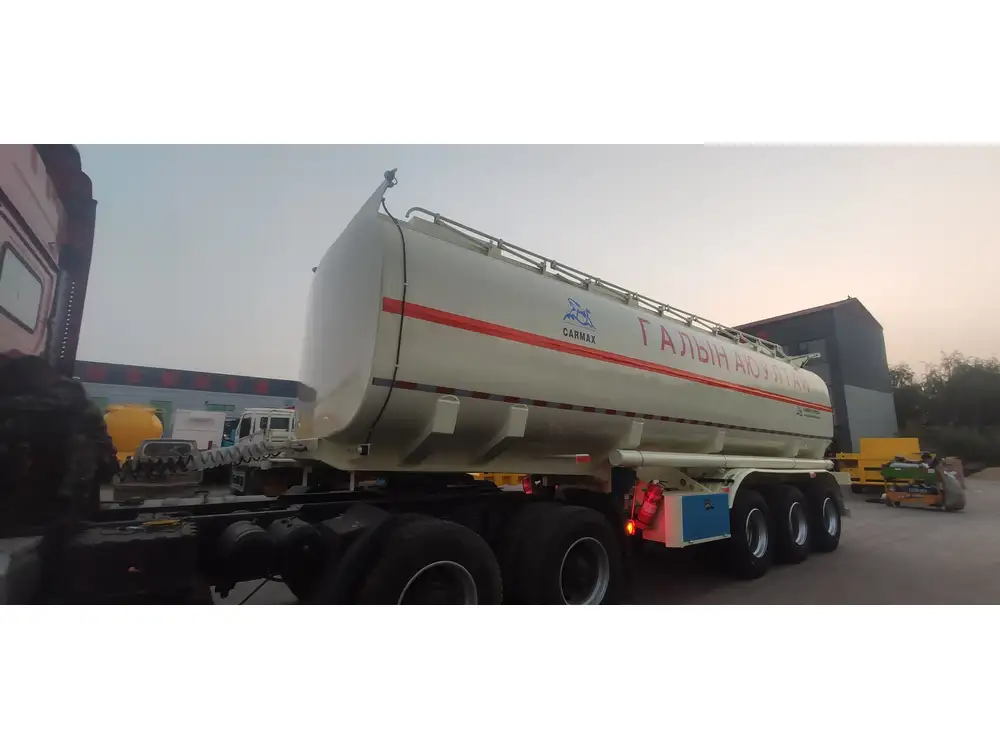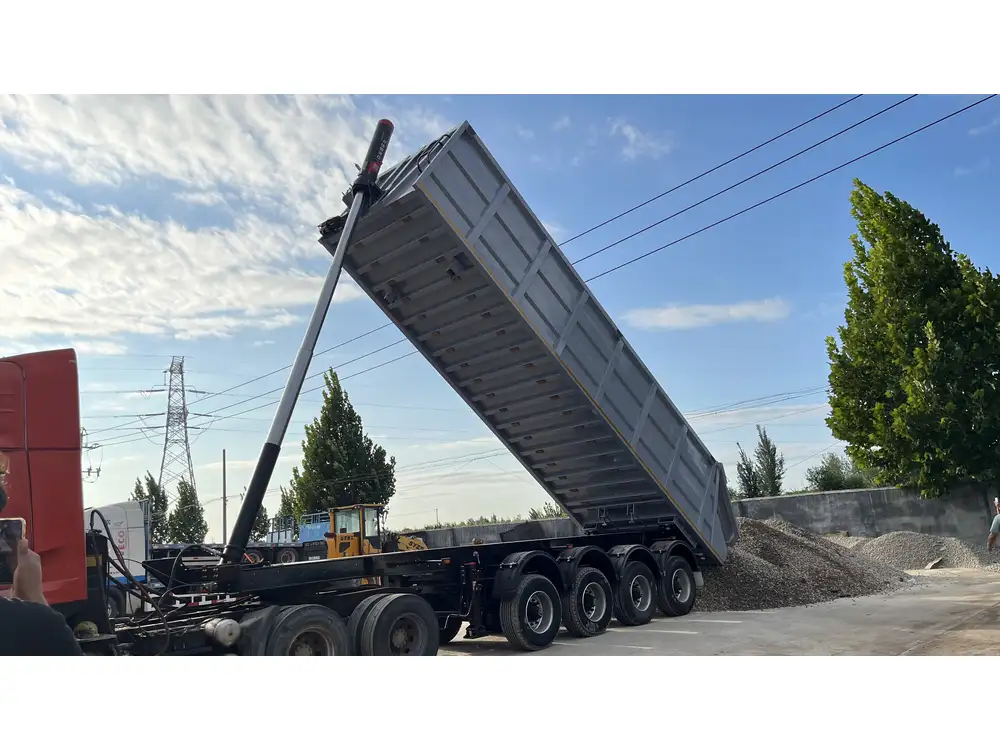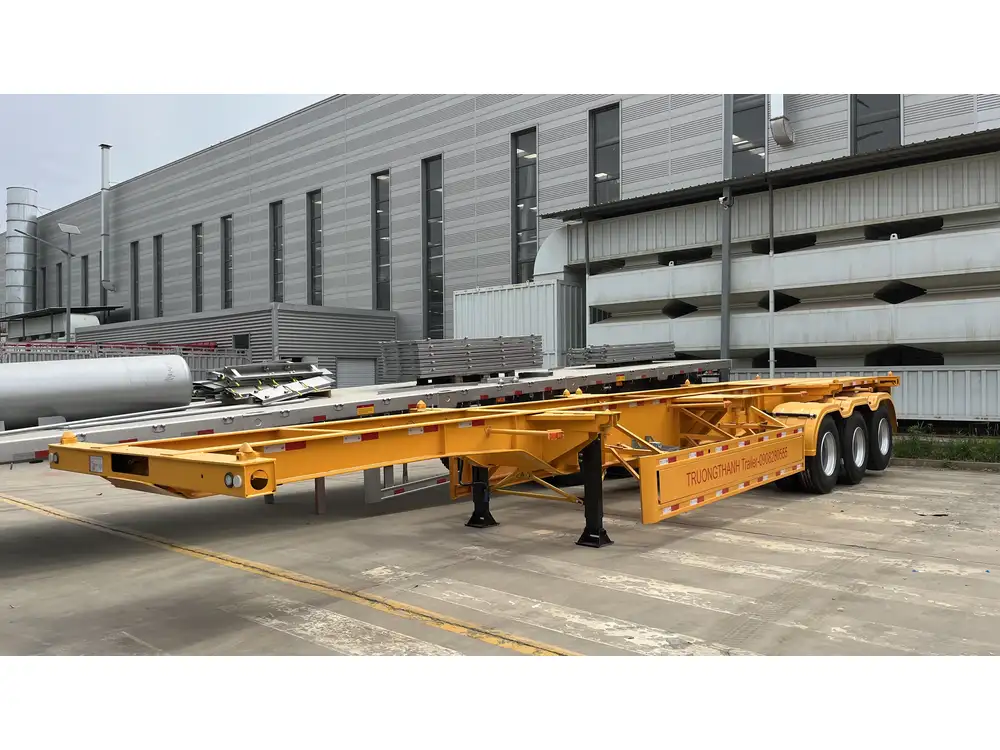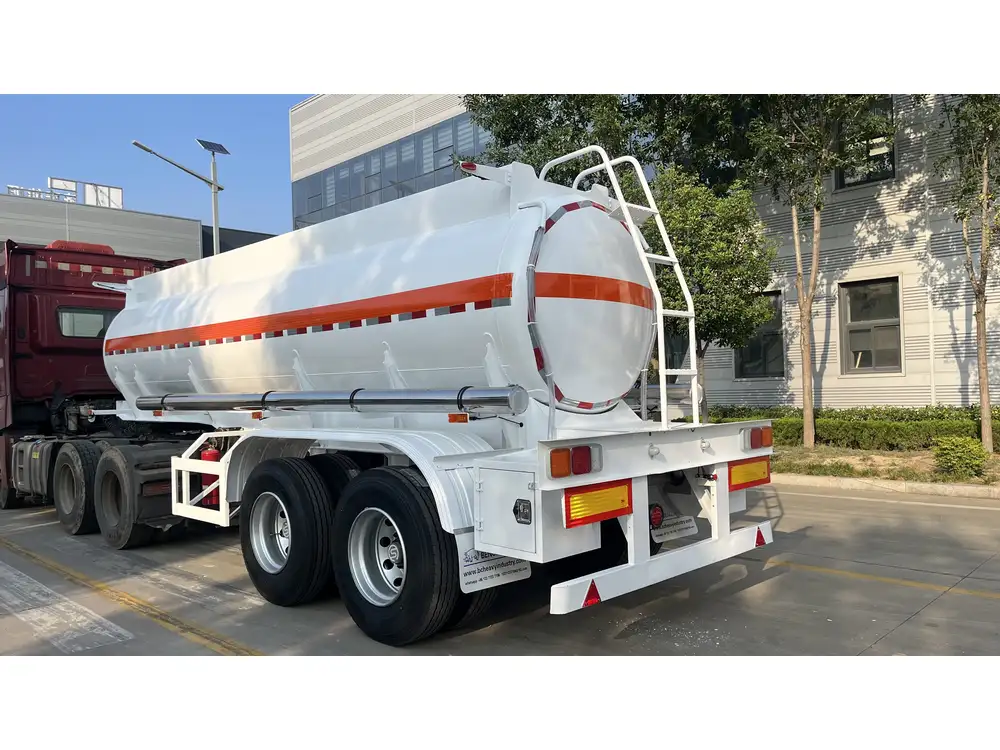When maneuvering the demands of the agricultural and transportation industries, understanding how to correctly hook up semi wet lines to a grain trailer is essential. These lines are critical for the efficient transfer of liquids, particularly in scenarios involving grain transport. In this detailed guide, we will provide thorough instructions, expert insights, and troubleshooting tips to ensure seamless operation.
Understanding Semi Wet Lines
Definition and Purpose
Semi wet lines are hydraulic lines integrated into trucks and trailers, specifically designed for transferring liquid goods such as fertilizer, water, or other agricultural chemicals. In the context of grain trailers, these systems often assist in the wetting of grains during transit, helping to maintain moisture levels for quality control.

Key Components
| Component | Description |
|---|---|
| Hydraulic Couplers | Connects the wet lines to the hydraulic system on the tractor. |
| High-Pressure Hoses | Durable hoses that carry fluids under varying pressure. |
| Ball Valves | Controls the flow of fluid and prevents backflow. |
| Quick-Connect Fittings | Allows for speedy connections and disconnections. |
Essential Preparation Before Hooking Up
Safety Precautions
- Inspect Equipment: Regularly check wet lines and connectors for wear or damage to prevent leakage.
- Use Protective Gear: Wear gloves and goggles to ensure safety when handling hydraulic fluids.
- Clear Work Area: Ensure the surrounding area is clean and free of debris for safe operation.

Tools Required
- Hydraulic wrench
- Screwdriver
- Adjustable pliers
- Teflon tape (for ensuring a snug fit at threaded connections)
Step-By-Step Instructions
1. Position the Trailer Correctly
Before beginning the hookup process, ensure that the grain trailer is accurately aligned with the tractor.
- Level Ground: Park both the tractor and trailer on a flat surface.
- Raise the Trailer: Utilize the trailer’s hydraulic system to raise it if necessary, ensuring that the wet line connectors are easily accessible.

2. Connect the Hydraulic Lines
Start the process of connecting the semi wet lines.
- Locate Couplers: Identify the hydraulic couplers on both the tractor and trailer.
- Connect High-Pressure Hoses:
- Align the connectors and securely press each coupler together until you hear a click.
- Consider the orientation; ensure the arrows on the couplers indicate the flow’s direction.
Tip: For extra security, wrap Teflon tape around the threads before connecting the hoses.
3. Secure with Ball Valves
After connecting the hydraulic lines, install the ball valves if not already equipped.
- Position Ball Valves: Place the valves in the open position before connecting.
- Tightening: With an adjustable wrench, tighten the connections to avoid leaks while ensuring not to over-tighten.
4. Test for Leaks
Always conduct a pressure check to identify any leaks after making connections.
- Activate the Hydraulic System: Start the tractor and slowly engage the hydraulic system.
- Monitor Connections: Look for any signs of fluid leaking from the couplers or ball valves. If leaks are present, disconnect and recheck each connection.

5. Final Check and Operation
Once confirmed that everything is secure and leak-free:
- Close Ball Valves: Before engaging the system fully, close the ball valves to maintain pressure.
- Inspect Fluid Fluid Levels: Check if fluid levels are appropriate for the operation.
Common Issues and Troubleshooting
Leakage at Connections
- Cause: Poorly fitted couplers or worn seals.
- Solution: Disconnect and reconnect, ensuring all fittings are secure and visually inspecting rubber seals.
Improper Fluid Flow
- Cause: Blockages in the hydraulic lines or closed valves.
- Solution: Inspect all hoses for kinks and ensure all valves are open before starting the hydraulic system.
Excessive Pressure Build-up
- Cause: Blocked lines or malfunctioning hydraulic pumps.
- Solution: Shut down the system immediately and investigate. Use pressure gauges to monitor system health.
Difficulty in Disconnecting Hoses
- Cause: Pressure retained in the lines.
- Solution: Before attempting to disconnect, ensure that the hydraulic system is off and that all ball valves are closed.
Maintenance of Semi Wet Lines

Regular Inspections
- Visual Checks: Examine hoses and connections regularly for any signs of wear.
- Pressure Testing: Monthly testing can catch potential issues early.
Cleaning and Storage
- Hydraulic Fluids: Ensure no residual fluids are left in the lines when disconnecting for storage.
- Secure Hoses: Coiling hoses neatly prevents damage and maintains the integrity of the materials.
Conclusion
Properly hooking up semi wet lines to a grain trailer is not just a procedural requirement; it is a fundamental practice that underpins the efficiency and safety of agricultural operations. By following the steps outlined in this guide, one can effectively avoid common pitfalls and ensure a seamless transition between the tractor and the trailer, enhancing overall operational efficiency. Given the nuances involved, continuous education on the best practices for maintenance and troubleshooting will further enhance equipment longevity, ensuring that you remain competitive in the agricultural sector.
By fostering a keen understanding of the underlying hydraulics, safety protocols, and maintenance strategies associated with semi wet lines, one can contribute significantly to the operational success of grain transportation.



